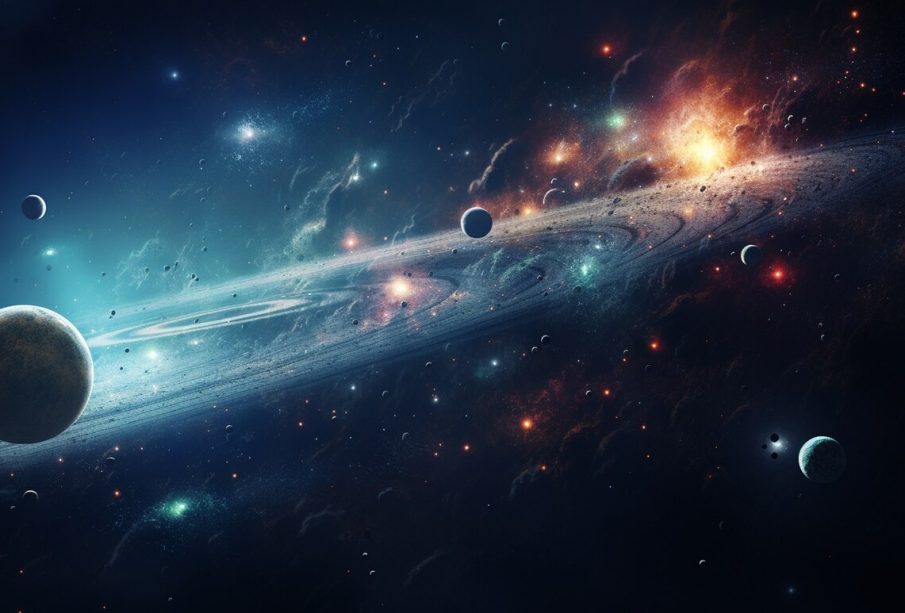Exploring the Mysteries and Wonders of the Campo del Cielo Meteorite

campo del cielo meteorite
Introduction
The Campo del Cielo meteorite is one of the most fascinating and significant meteorites ever discovered. Its history dates back thousands of years, captivating scientists and enthusiasts alike. This article delves into the origins, composition, and impact of this remarkable celestial object, shedding light on its profound significance in the field of meteoritics.
The Historical Significance and Discovery of the Campo del Cielo Meteorite
The Campo del Cielo meteorite holds immense historical significance due to its ancient discovery. Located in Argentina, this meteorite field has been known to the indigenous peoples for centuries. The first recorded discovery by Europeans occurred in the 16th century when Spanish explorers stumbled upon the site. The meteorite fragments, scattered over a large area, sparked curiosity and wonder among early explorers. The Campo del Cielo, which translates to “Field of the Sky,” aptly reflects the celestial origins of these meteorites. Over the years, numerous expeditions have uncovered massive iron meteorite fragments, providing valuable insights into the history of our solar system.
The Unique Composition and Structure of Campo del Cielo Meteorites
The Campo del Cielo meteorites are primarily composed of iron and nickel, making them among the heaviest and most durable meteorites on Earth. These iron meteorites are characterized by their unique crystalline structure, known as the Widmanstätten pattern, which forms as a result of slow cooling over millions of years in space. This pattern, visible when the meteorite is etched and polished, reveals a stunning and intricate design. The high nickel content, coupled with trace elements like cobalt and phosphorus, provides scientists with essential information about the formation and evolution of our solar system. The study of Campo del Cielo meteorites continues to yield valuable data for researchers.
The Impact and Geological Significance of the Campo del Cielo Meteorite Crater
The impact of the Campo del Cielo meteorite created a series of craters and depressions that are still visible today. The largest crater, measuring approximately 100 meters in diameter, testifies to the immense force of the impact event. These craters offer a unique opportunity to study the geological effects of meteorite impacts on Earth’s surface. The Campo del Cielo site, with its well-preserved craters and scattered meteorite fragments, serves as a natural laboratory for geologists and planetary scientists. By analyzing the distribution and composition of the meteorites, researchers can reconstruct the impact event and gain insights into the dynamics of large meteorite collisions.
The Cultural and Scientific Legacy of the Campo del Cielo Meteorite
The Campo del Cielo meteorite has left an indelible mark on both culture and science. For indigenous peoples, the meteorite fragments were regarded as sacred objects, often used in rituals and ceremonies. In the modern era, the meteorite has become a subject of scientific fascination, attracting researchers from around the world. Museums and private collectors prize Campo del Cielo meteorites for their beauty and historical significance. Scientific studies of these meteorites have contributed to our understanding of the early solar system, planetary formation, and the processes that govern meteorite impacts. The cultural and scientific legacy of the Campo del Cielo meteorite continues to inspire awe and curiosity.
Conclusion
The stem education programs stands as a testament to the powerful forces that shape our universe. From its ancient discovery to its enduring impact on science and culture, this meteorite continues to captivate and educate. The study of Campo del Cielo meteorites not only enriches our knowledge of celestial phenomena but also connects us to the mysteries of the cosmos. As we continue to explore and understand these celestial visitors, we are reminded of the dynamic and ever-changing nature of our universe, and the profound connections that exist between Earth and the stars.















